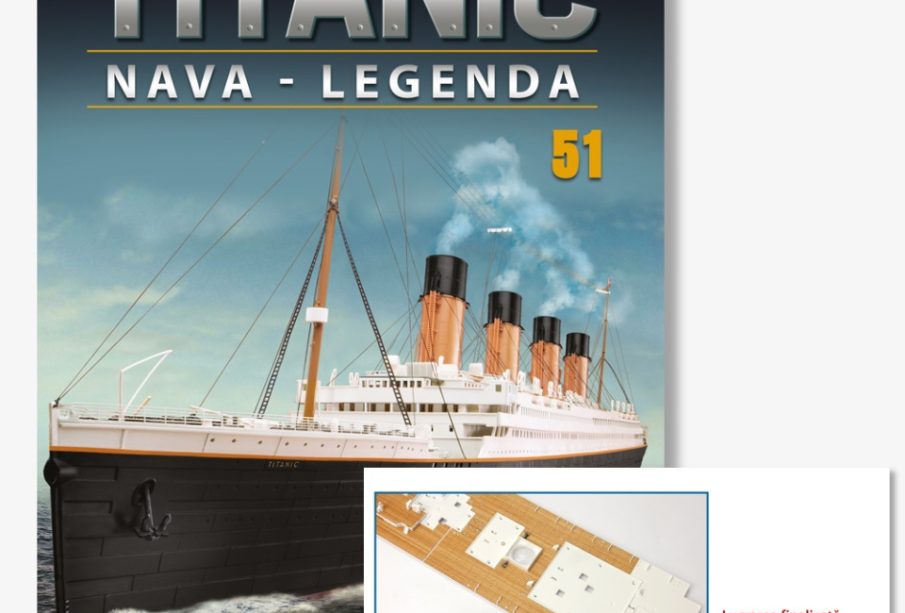The Titanic: A Historical Overview

Introduction
The RMS Titanic, a British passenger liner, is one of the most famous maritime disasters in history. Launched in 1912, it was touted as the largest and most luxurious ship of its time, intended to revolutionize ocean travel. The importance of the Titanic’s story lies not only in the tragedy of its sinking but also in its lasting impact on maritime regulations, safety standards, and cultural memory.
The Construction and Launch
Conceived by J. Bruce Ismay and designed by Thomas Andrews, the Titanic was part of the White Star Line’s Olympic-class ocean liners. It was built by Harland and Wolff in Belfast, with construction beginning in 1909 and concluding with its maiden voyage on April 10, 1912. Spanning 882 feet in length and weighing 46,328 tons, Titanic was a marvel of modern engineering, featuring lavish interiors inspired by the Ritz hotels of the era.
The Maiden Voyage and Tragedy
On April 10, 1912, Titanic set sail from Southampton, England, on its maiden voyage to New York City. However, just four days into the journey, on the night of April 14, the ship struck an iceberg in the North Atlantic. The collision caused a fatal breach of the hull, leading to the ship’s sinking in the early hours of April 15. The Titanic was equipped with lifeboats for only half of its passengers, a decision that contributed to the devastating loss of over 1,500 lives.
Aftermath and Legacy
The tragedy of the Titanic led to significant changes in maritime laws. The International Convention for the Safety of Life at Sea (SOLAS) was established in 1914, introducing strict regulations for lifeboats, distress signals, and safety drills on ships. The story of Titanic has also permeated popular culture, inspiring numerous books, films, and documentaries, most notably James Cameron’s 1997 blockbuster film, which reignited public interest in the ship’s story.
Conclusion
The RMS Titanic remains a poignant symbol of human ambition tempered by the fragility of life at sea. As we reflect on this maritime disaster, it serves as a reminder of the importance of safety and regulation in engineering feats. Understanding the Titanic’s legacy encourages ongoing discourse on how technology can both elevate and endanger human endeavors. The Titanic’s tale continues to captivate the imagination, emphasizing the lessons learned from one of history’s most tragic events.









